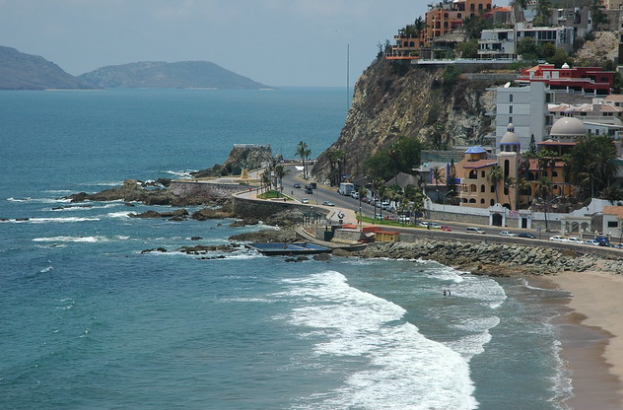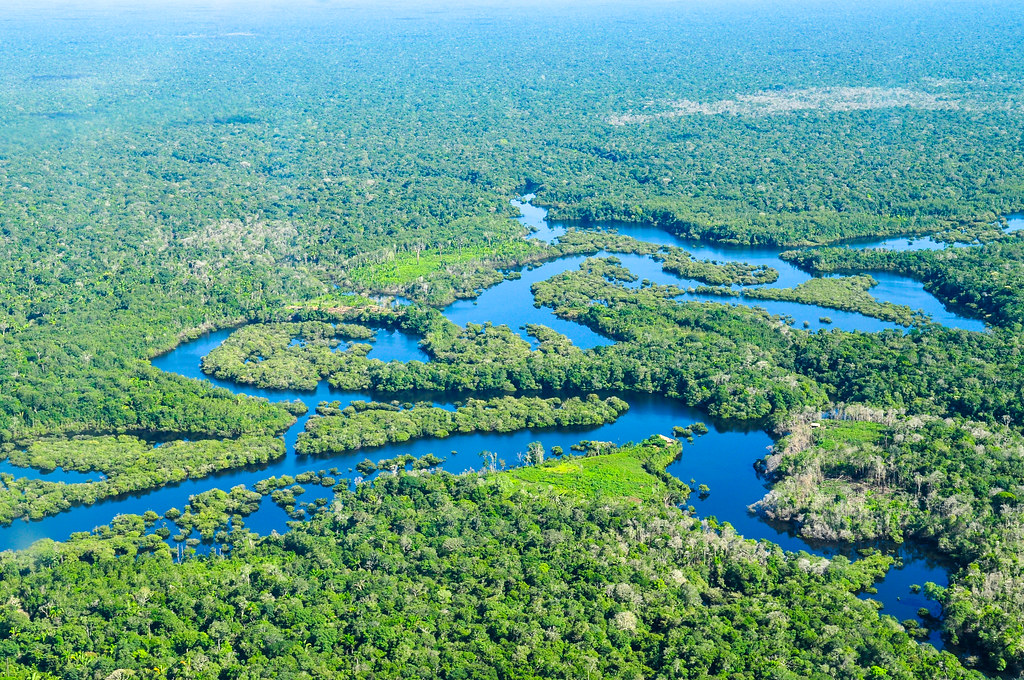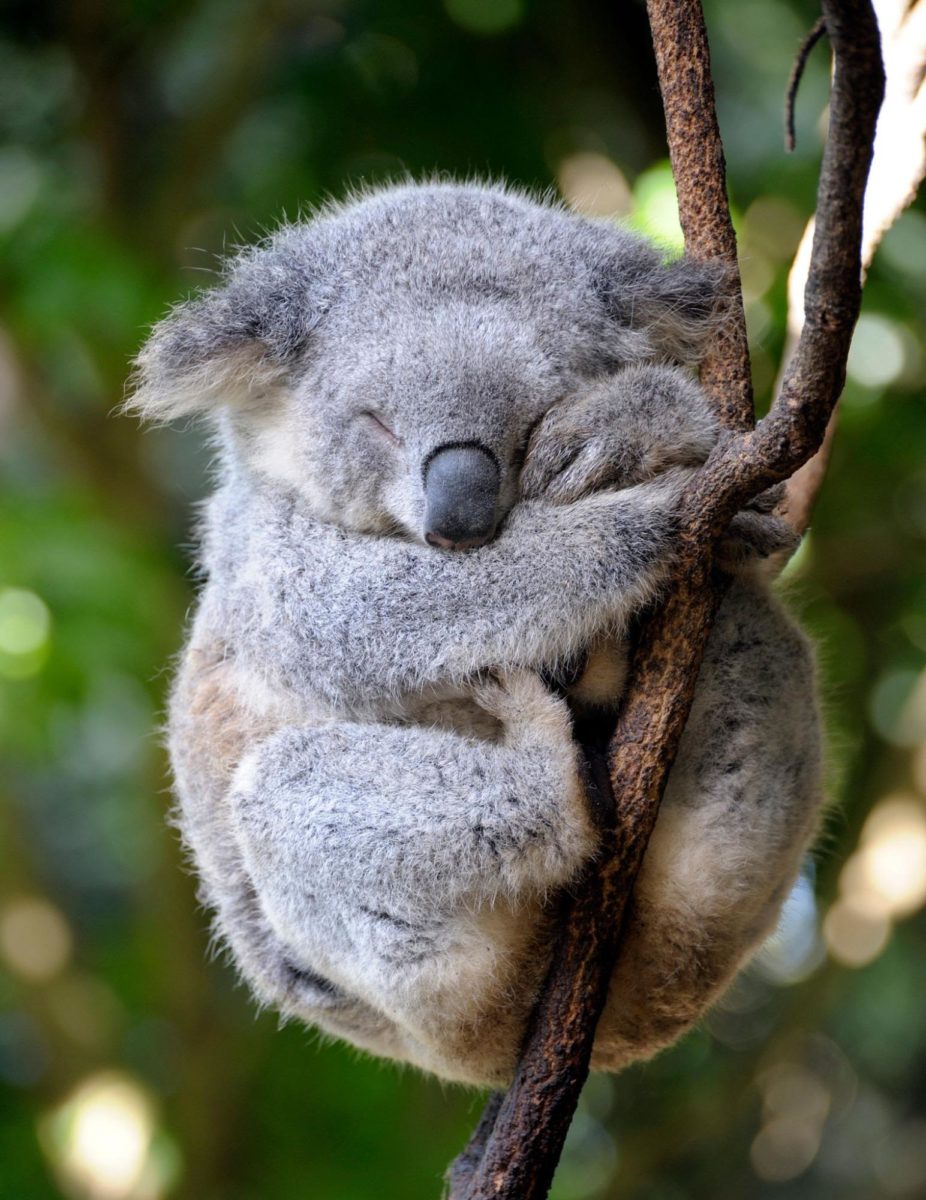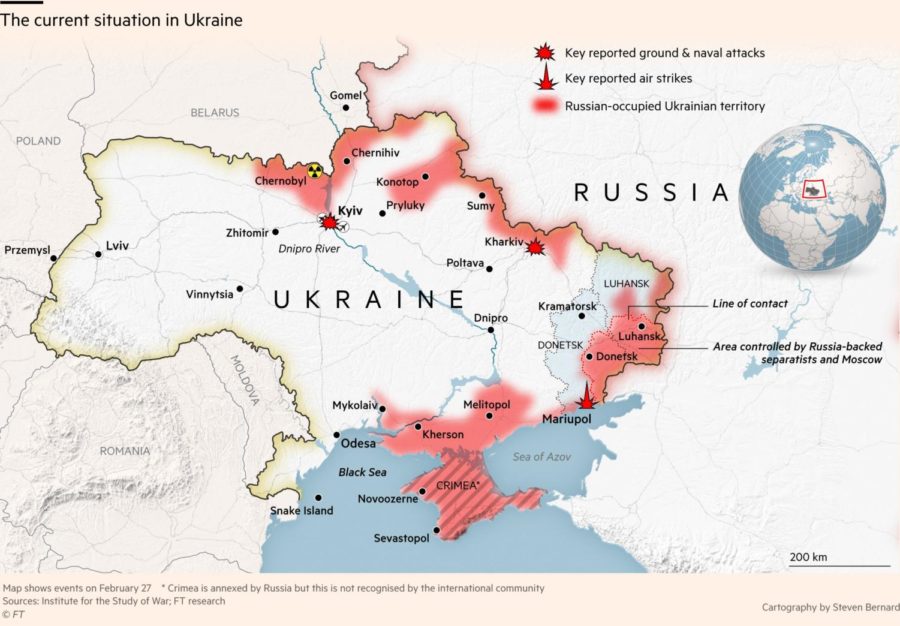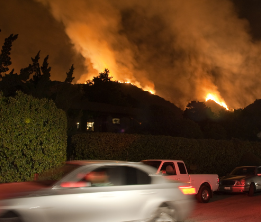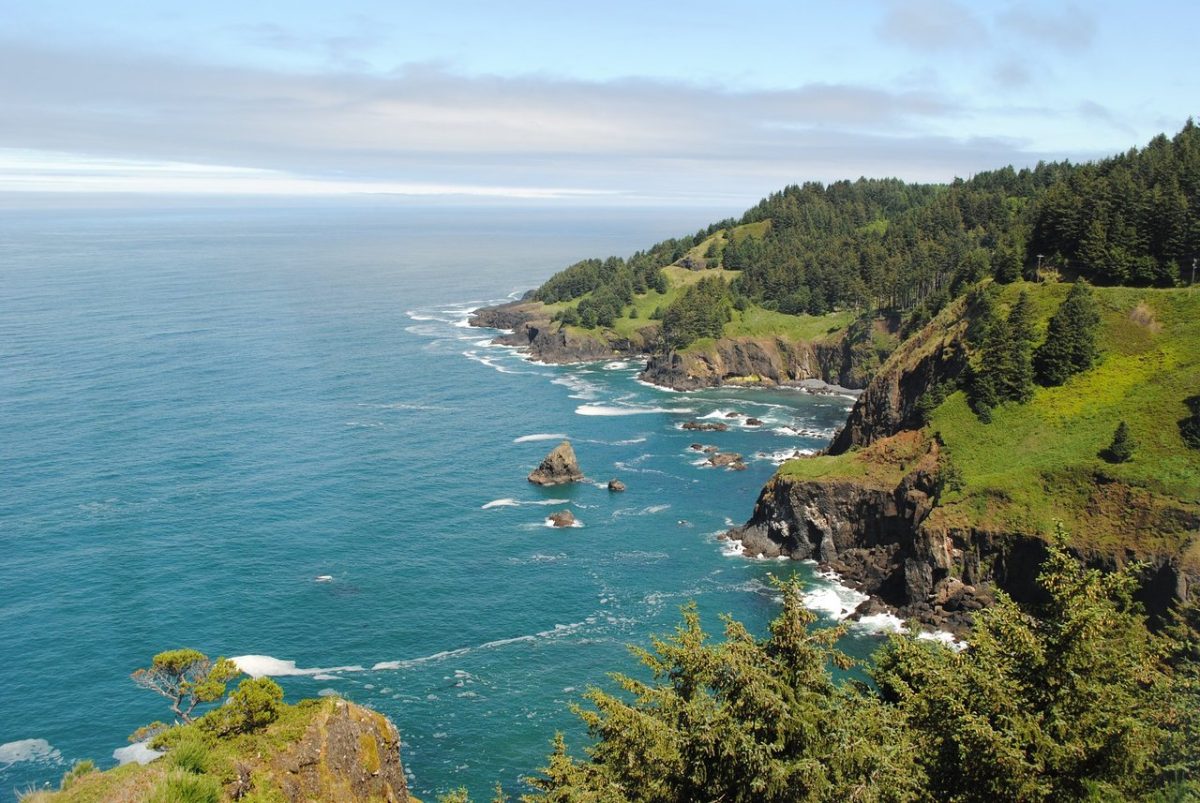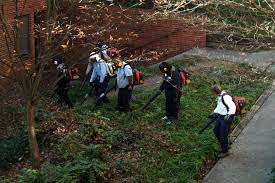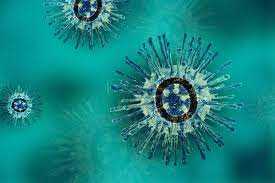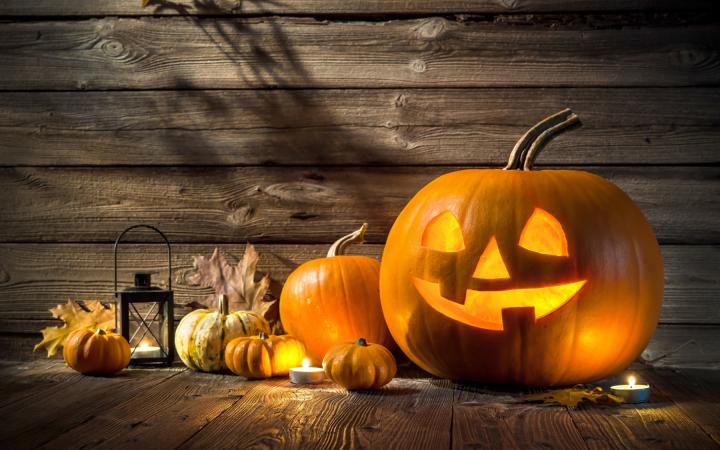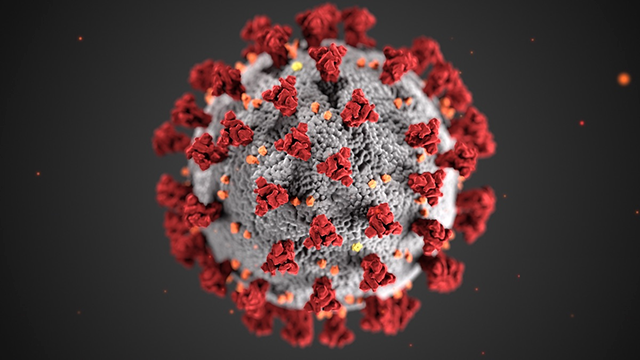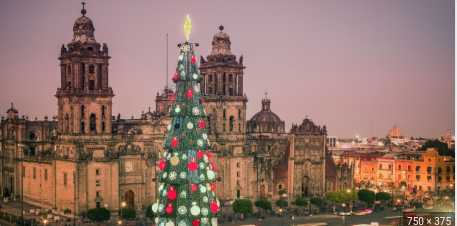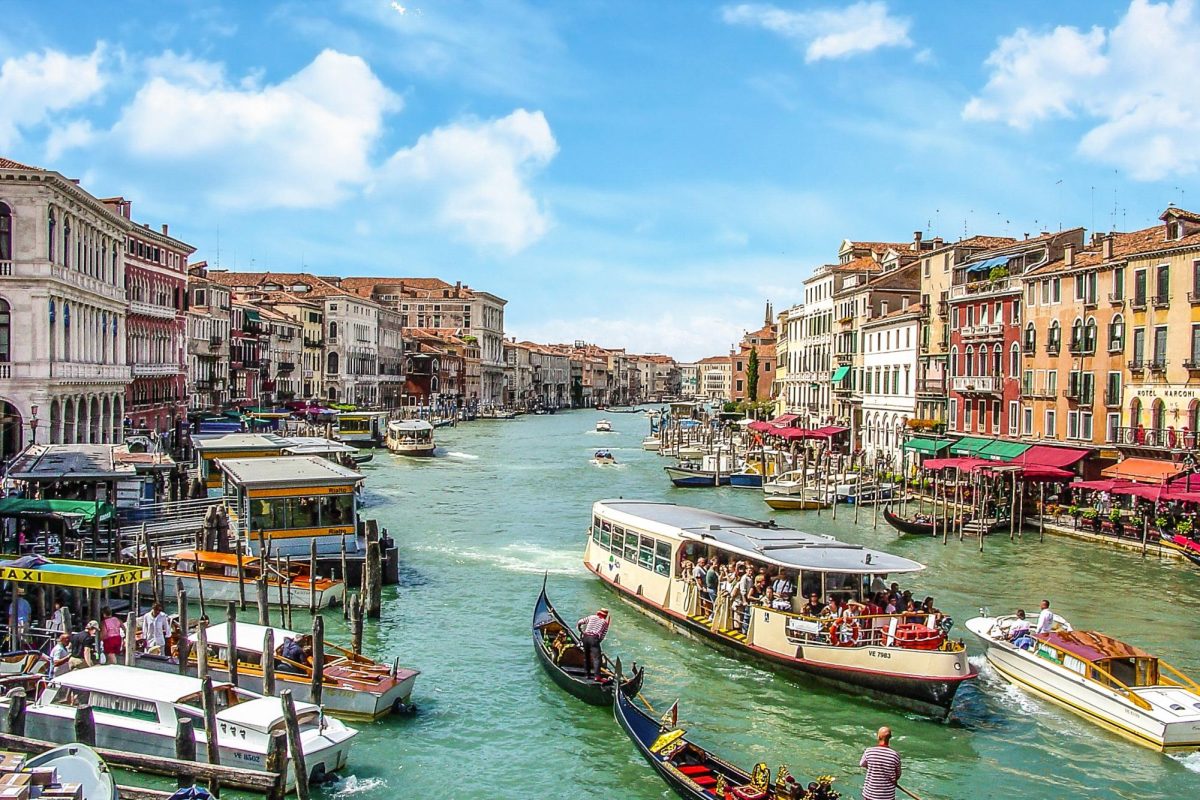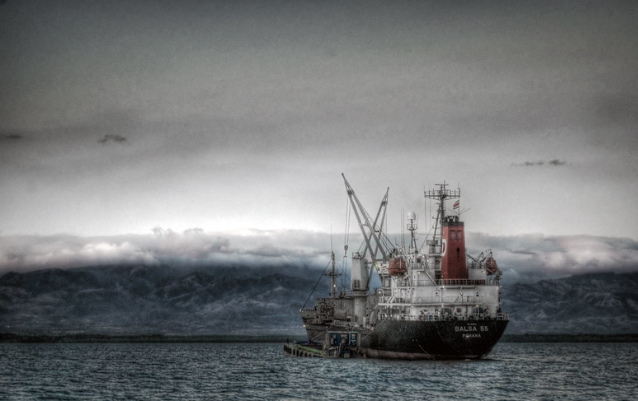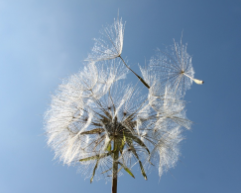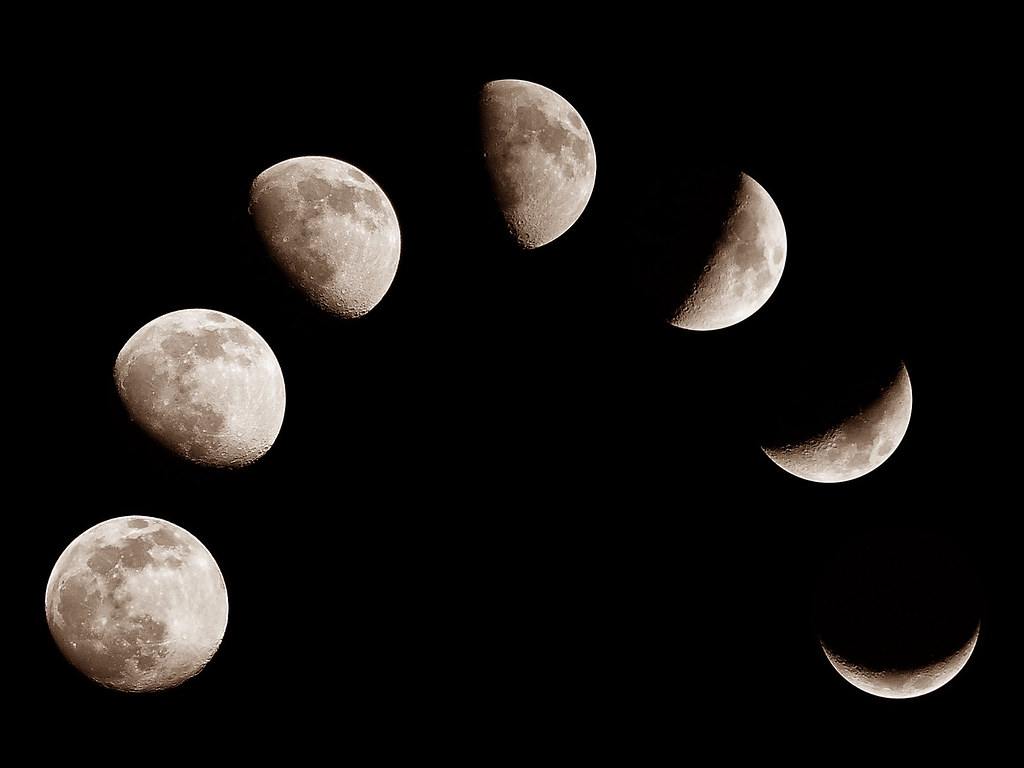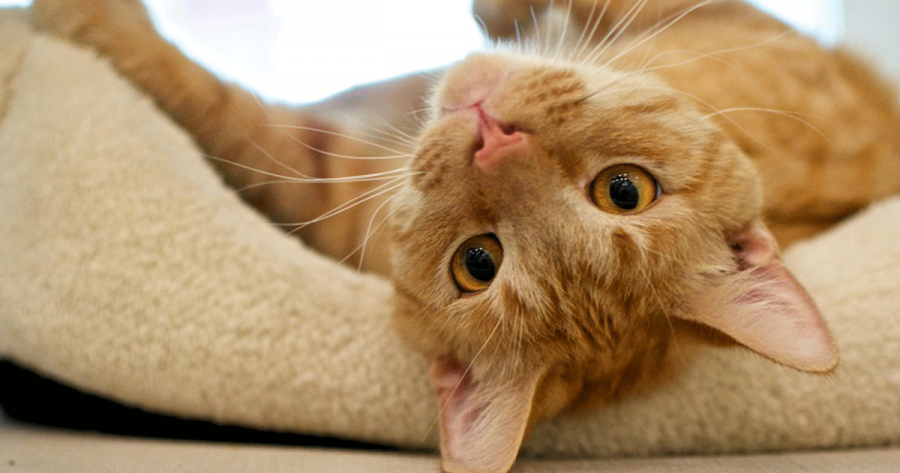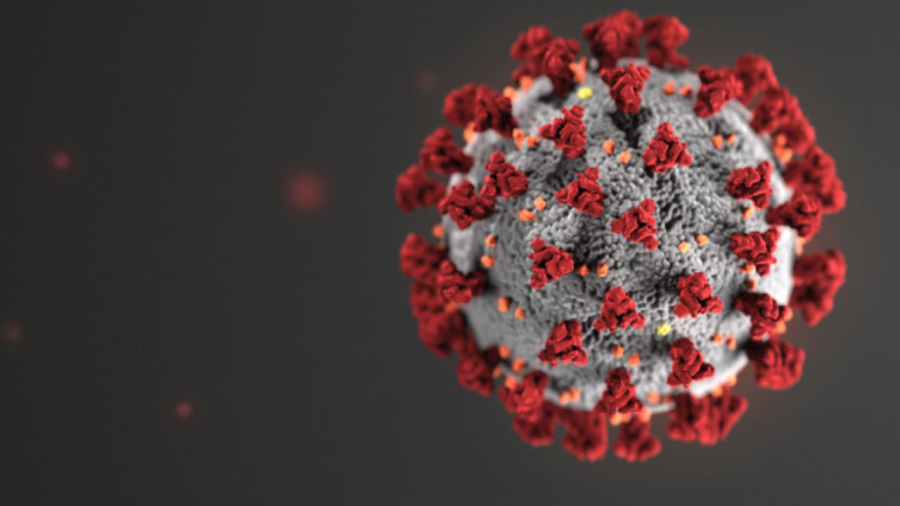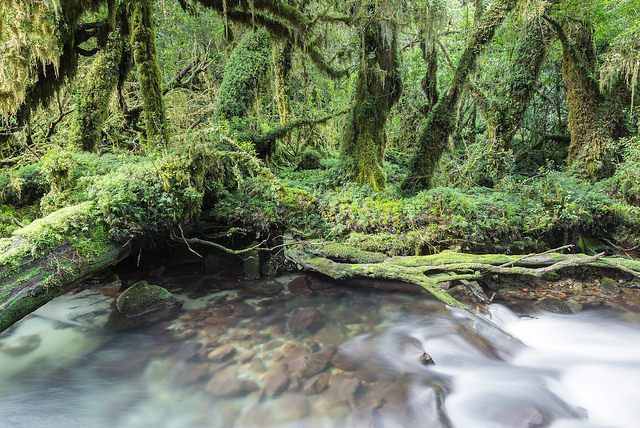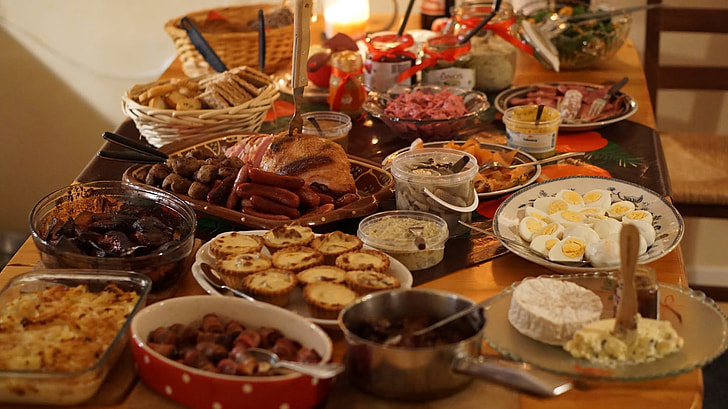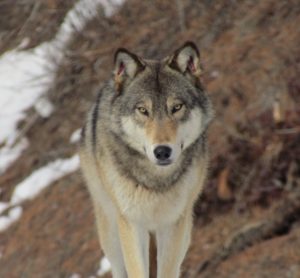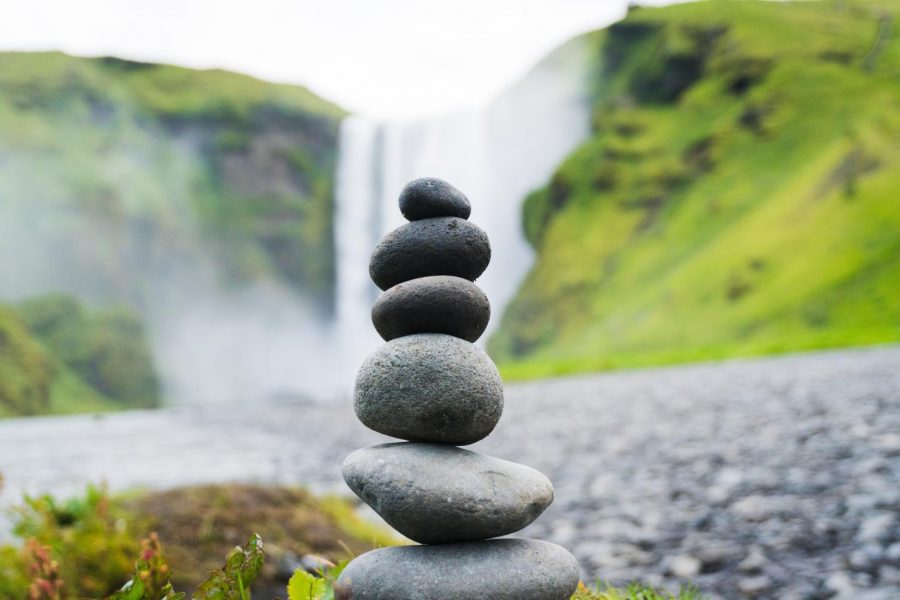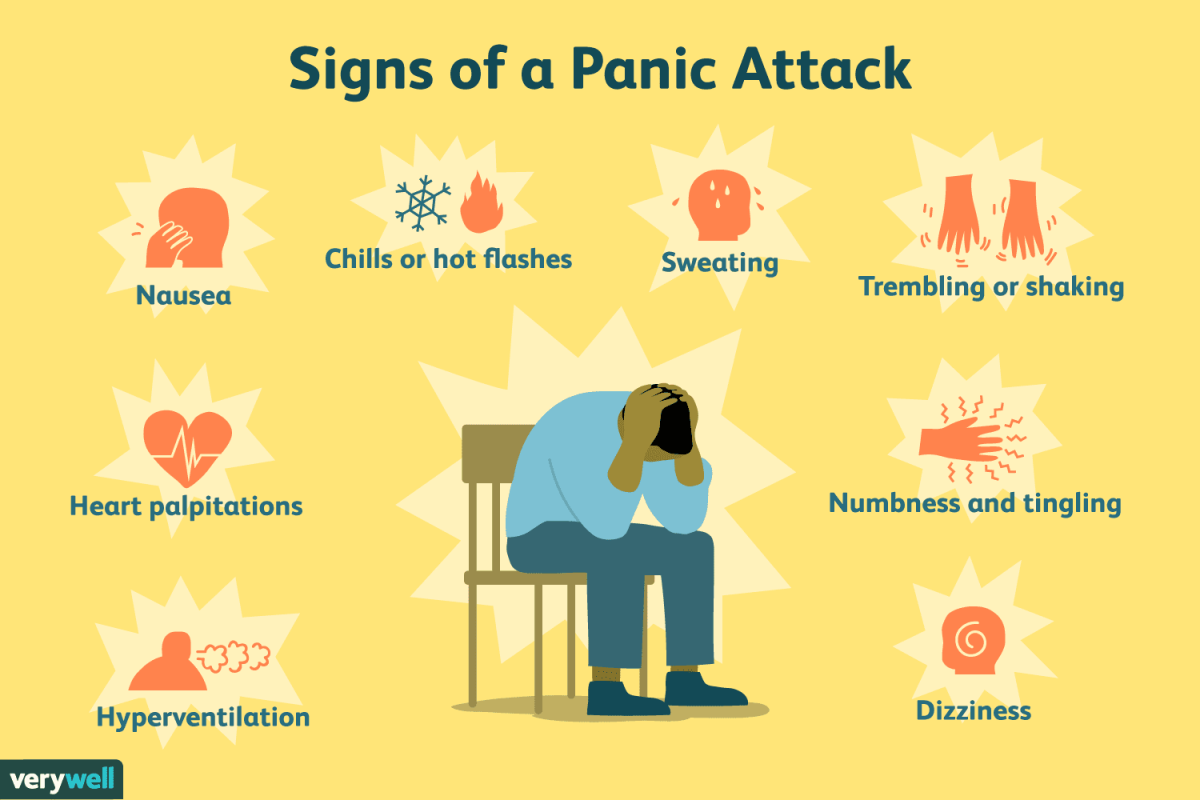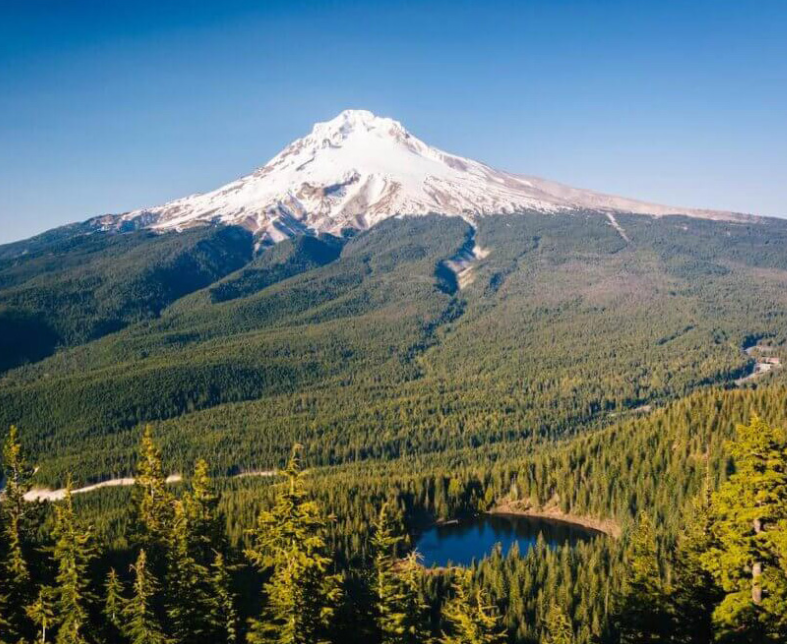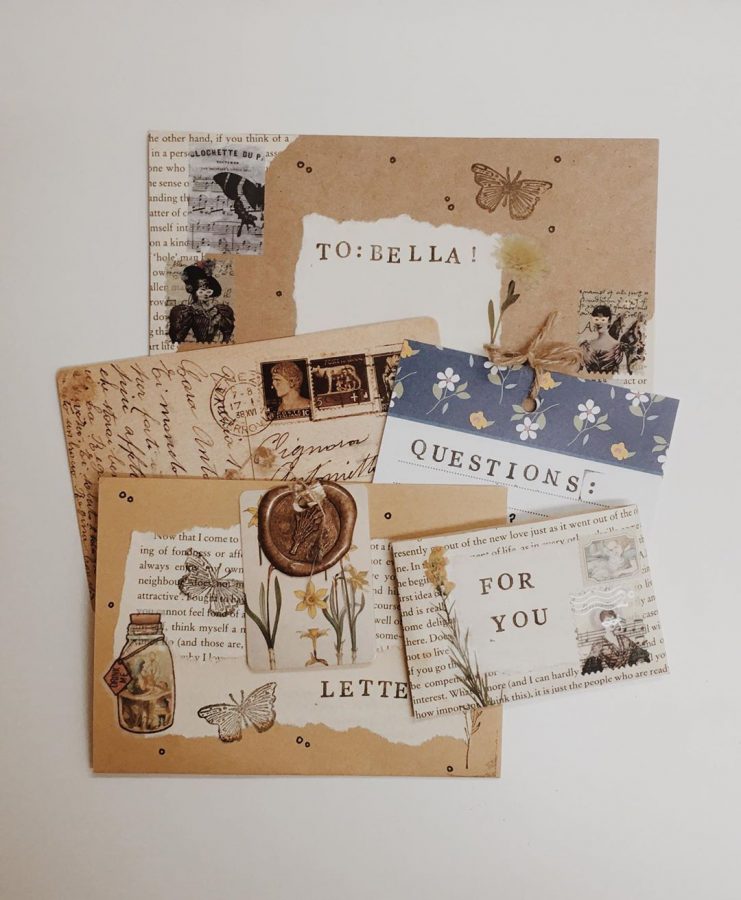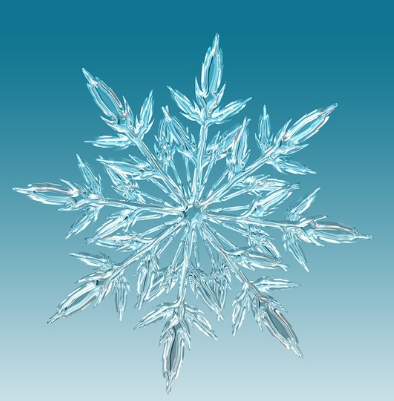Have you ever woken up to see the world covered in snow? Here we will learn about how snowflakes form, how animals have adapted to live in the snow, and how to prepare for a snowstorm.
Have you ever wondered how snowflakes form?
Snow starts with the water cycle. First, land water evaporates from rivers, lakes, and other sources. The evaporated water rises into the sky. In the Earth’s atmosphere, the water condenses and forms clouds. The clouds have too much water in them, so it usually rains. Sometimes, when it is very cold, the water freezes and precipitates as ice crystals. Snowflakes are made when more water freezes around the ice crystals. Each snowflake has a unique shape and pattern because each one forms at slightly different temperatures. The precipitation of snowflakes lands as snow on the ground. When the snow melts, it soaks into the ground and rivers, streams, and the ocean. Then, the water cycle begins again.
How do animals survive in the snowy winter?
Well, animals find their own ways to adapt to the cold winter. Some animals migrate, which means they move to a different habitat and stay there during the winter. Then in spring, they come back to their original habitat. Other animals prefer to hibernate. These animals find a cozy place to spend the winter. Hibernating animals often store food before winter comes, and then sleep during the cold months. This way, they have enough food and stored energy to survive. When spring comes, hibernating animals wake up from their long nap and start looking for food.
There are many animals that live in the snow. How do these animals survive the extreme temperatures? Animals that live in places where it is cold all year long have special adaptations. Most animals have a thick coat of fur, feathers, or blubber that keeps them warm. Some animals, like penguins and small birds, huddle together when it is very cold outside.
Another way animals have adapted to life in the snow is by having special fur. For example, a polar bear’s fur has oil on it that helps keep the bear from freezing. There are some snow animals that change color depending on the season. For example, arctic foxes have brown or gray fur in the summer, and in winter their fur turns white. Having white fur helps animals like snow owls, arctic hares, and snow leopards camouflage in the snow.
Ice is very important for animals that live in the snow. Polar bears swim in the cold water to hunt for seals. When a seal comes up to a floating piece of ice, the polar bear ambushes it. Snow animals have adapted their body to live in the snow. Walruses use their long tusks to help them slide across the icy ground. Caribou, also called reindeer, use their hooves to dig and find food hidden under the snow. Harp seals use their whiskers to find food underwater. Snowshoe hares have large feet that help them walk and run in the snow. Bison use their heads to plow through the snow.
What should you do to prepare for a snowstorm?
There are many ways to prepare for a snowstorm. First, you should stay updated on the weather forecasts. If there is going to be a snowstorm, you should gather food and supplies. Make a kit with all the things you will need in case you get stranded in the storm. The kit should include warm clothes, blankets, food and water, important documents and medications, a first aid kit, a way to signal for help (like a bright colored cloth), and a flashlight with extra batteries. During the snowstorm, stay in a warm place to avoid frostbite.
In conclusion, snow is very interesting. Snowflakes are formed when water droplets freeze into ice crystals. Many animals have cool adaptations to survive in the snow. To stay safe during a snowstorm, be prepared and keep warm.
